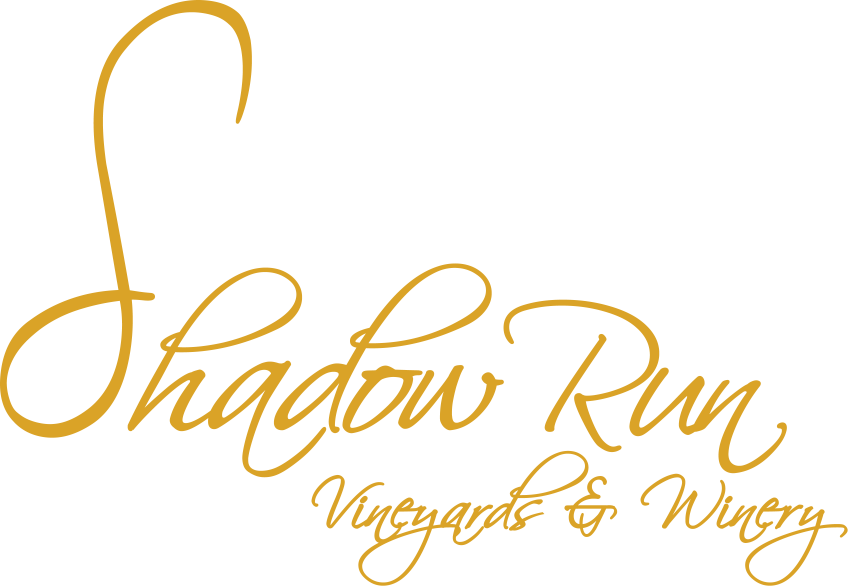Recently I was invited to speak to a group of (very bright) women on the topic of wine and at the end of my presentation, one of the ladies asked why California wines have relatively high alcohol levels. Beyond thinking, “lucky us” I answered that climate is one underlying cause of wine styles. For example, the climate and the wines of the northern regions of Germany are obviously different from sunny Tuscany, the climate in the New York Finger Lakes wine district is drastically different from Napa. The wines of these regions reflect (in some measure) the climate differences. A shorter growing season means the grapes may have lower sugar content and ultimately lower alcohol. A white wine produced in a cold region with a short growing season may include descriptions of “taunt, bracing acidity.” A red wine produced in a cold region may be “elegant, age worthy.” A shorter growing season may also produce red wines best described as thin, pale in color with herbal flavors and more aggressive tannins. The key to great wines rests in the winemaker’s ability to take the conditions provided by nature and make the most of them.
A wine grape begins life as a tiny hard green berry, a virtual acid bomb. As the berry develops, the acid levels drop and the berry fills with water and sugar (forming the pulp). As the grape continues to ripen, the all important flavor compounds begin to develop in the skin. The early forming compounds which produce herbal, vegetal flavors (think bell pepper in your Cabernet Sauvignon or grassy flavors in your Sauvignon Blanc) ultimately fade and fruit flavors evolve. Those fruit flavors and aromas may include plum or blackberry in Syrah, cherry in Grenache or stone fruits like peach or apricot in a Viognier. With careful handling of the grapes and wine-making protocol (such as a cool fermentation), those flavors will sing through to the wine. When the grapes are allowed to reach full maturity, harsh green tannins in the seeds and skin soften, the color compounds (anthocyanins) in the skin increase and life for the winemaker is good.
California is blessed with a long growing season, meaning that most grape varietals in most regions of the state can ripen to their full potential. However, as we wait for the flavor compounds to evolve, the sugars in the grape also continue to rise. During fermentation, the yeast cells that are present consume the sugar and produce alcohol and carbon dioxide. In the simplest terms, if the grapes have a low sugar content, the wine will have a lower alcohol content.
So, why don’t we harvest our grapes when the sugar levels are low, and achieve a lower alcohol level? If we were farming in a region with a short growing season, we wouldn’t have a choice. But the short answer is that we are looking for the dark purple colors, the soft tannins, the brilliant fruit flavors and aromas that only come from a fully ripened grape. We are blessed with a long growing season that allows us to wait (wait, wait, still patiently waiting) to harvest when the grapes are wholly evolved in flavor and color. The resulting wines are rich, fruit forward and full bodied.
Cheers,
Susan
